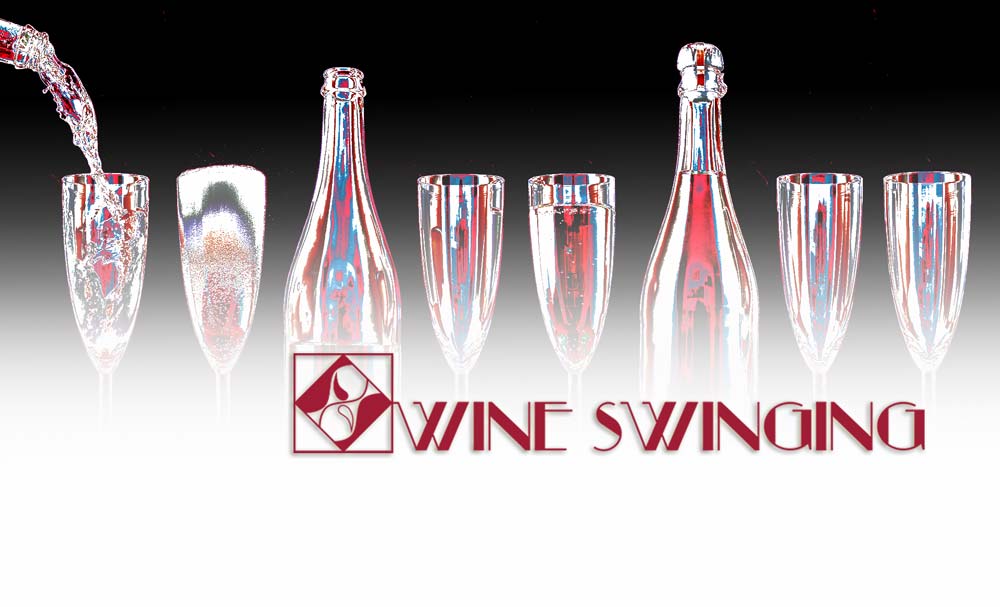Have you ever tastes bubbles from Israel? What about Moldova?
We went even further. We compared Cricova Blanc de Noir non-vintage sparkling from Moldova to 2013 Yarden Galilee Rosé sparkling from Israel. Both made following Méthode Champenoise.
Cricova Blanc de Noir Extra Brut
Cricova Blanc de Noir Extra Brut comes from one of the leading wine producers in Moldova with a long history and spectacular wine cellar. It’s near and dear to us because we grew up in Moldova and Cricova bubbles “popped our sparkling cherry.” Ever since, we’re in love with bubbles.
Following French tradition, “Blanc de Noir” on the label means that it’s 100% Pinot Noir sparkling. This traditional sparkling was made with technological advancements invented in USSR, the so-called Russian method. Interestingly, some leading Champagne producers licensed this method, and magnums or half-bottles made using this method. Moreover, Australian sparkling is almost exclusively produced this way. Enough technicalities! Let’s taste it!
Cricova Blanc de Noir has a subtle scent with aromas of apple and lemon. It’s a light-bodied with high acidity, green apples, Meyer lemon, and pleasant almond-like bitter flavors on the palate. Bubbles were on a lighter side and felt more like fizzy rather than sparkling wine. Later on that.
2013 Yarden Galilee Rosé
Israel seldom comes to mind when people think about wine. Even less so when it comes to bubbles. But like in many parts of the world, winemaking took off in Israel at the turn of the century. There are many boutique wineries and high-quality producers in the country. Yarden is one of the leading producers known for the quality of its wine. Still, at the world level, Israel wine production is minuscule, and you won’t find many wines outside of the country.
2013 Yarden Galilee Rosé is vintage Méthode Champenoise sparkling. In French terms, vintage is an indicator of a higher quality when compared to non-vintage wines. So technically, Yarden had the edge over Cricova bubbles. Let’s taste and see if it’s so!
The 2013 Yarden Brut Rosé is a blend of 66% Chardonnay and 34% Pinot Noir. The fruits came from high-elevation vineyards in the northern Golan Heights. The fruit was hand-harvested, whole-cluster pressed. Bottled wine was aged on tirage yeast for five years. So what did we get in a glass?
We sensed raspberry, gooseberry, and white blossom aromas. And tasted the apple, quince, red currant, and muscat grape-like flavors. The bubble felt creamy and in-line with what we expect from traditional sparkling wine.
We didn’t know what to expect, and we were very impressed by the complexity and deliciousness of Yarden Brut Rosé.
Cricova vs Yarden Sparkling- And the Winner Is
It was easy to determine the winner – 2013 Yarden Brut Rosé. As partial as we could be to Moldavian bubbles, it was no competition to Yarden this time. Yarden was better in every aspect: aromas, flavors, and bubbles.
In all fairness, these two wines come from two different categories. Yarden is a vintage sparkling, and Cricova is not. Why this matter? Typically, when the year is shown on the label is an indicator of better vintage, and wine gets extra care and extra ageing. Non-vintage bubbles are blends of wines from different vintages and must be drunk as soon as possible after release. It will lose flavor and bubbles over time. Producers may not indicate the bottling date, and sometimes it’s hard to say how much time passed since the release. We suspect Cricova Blanc de Noir was passed its prime based on the weak bubbles.
So we look forward to comparing these two producers again. The trick is the availability, and it’s not always easy to find their wines.
Have you had Moldavian or Israeli bubbles? What are your thoughts?




